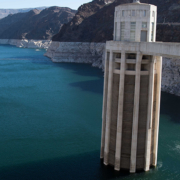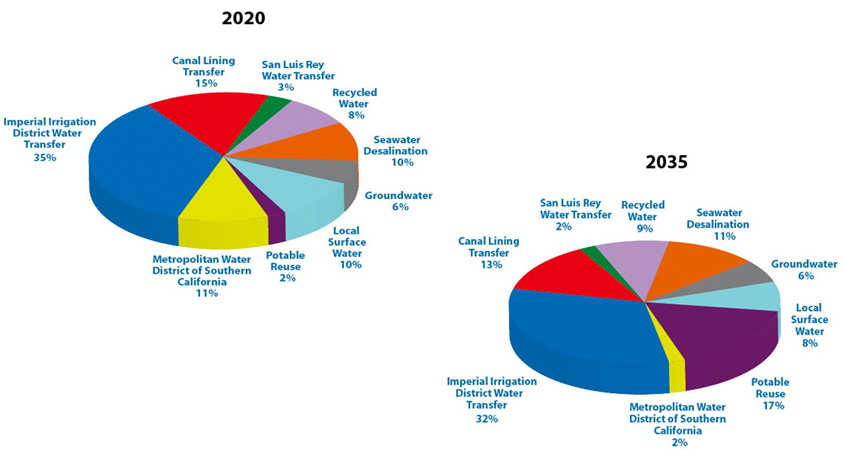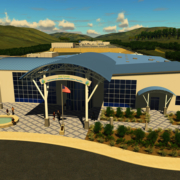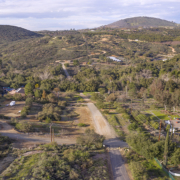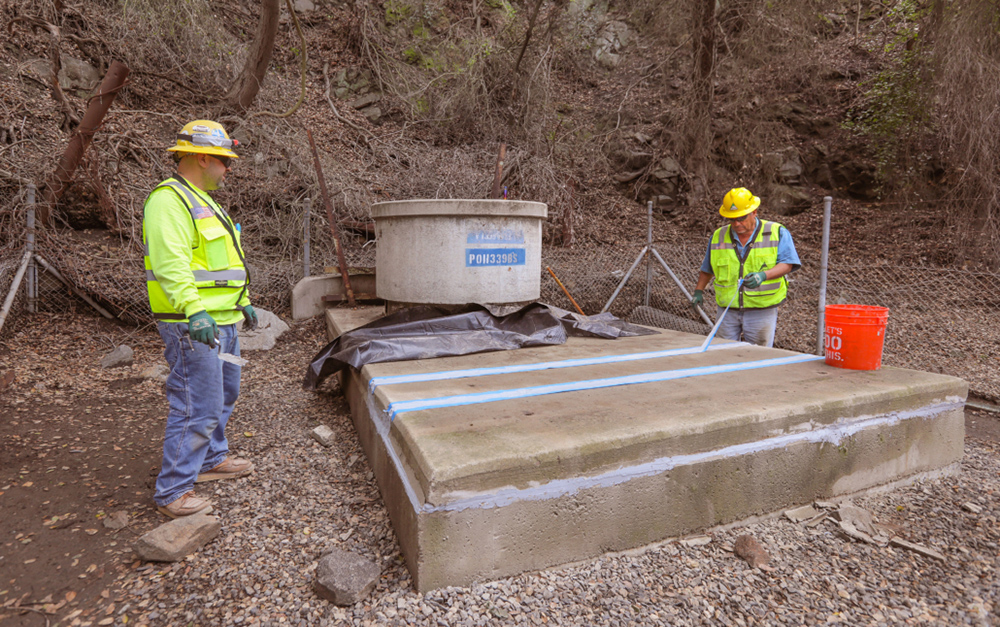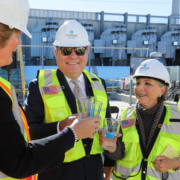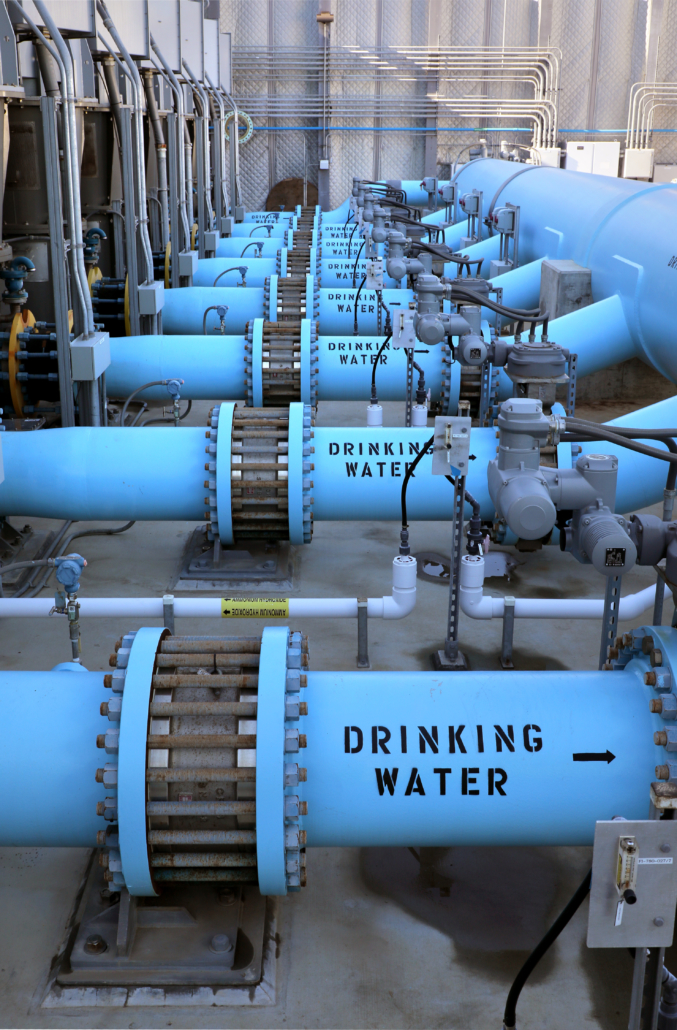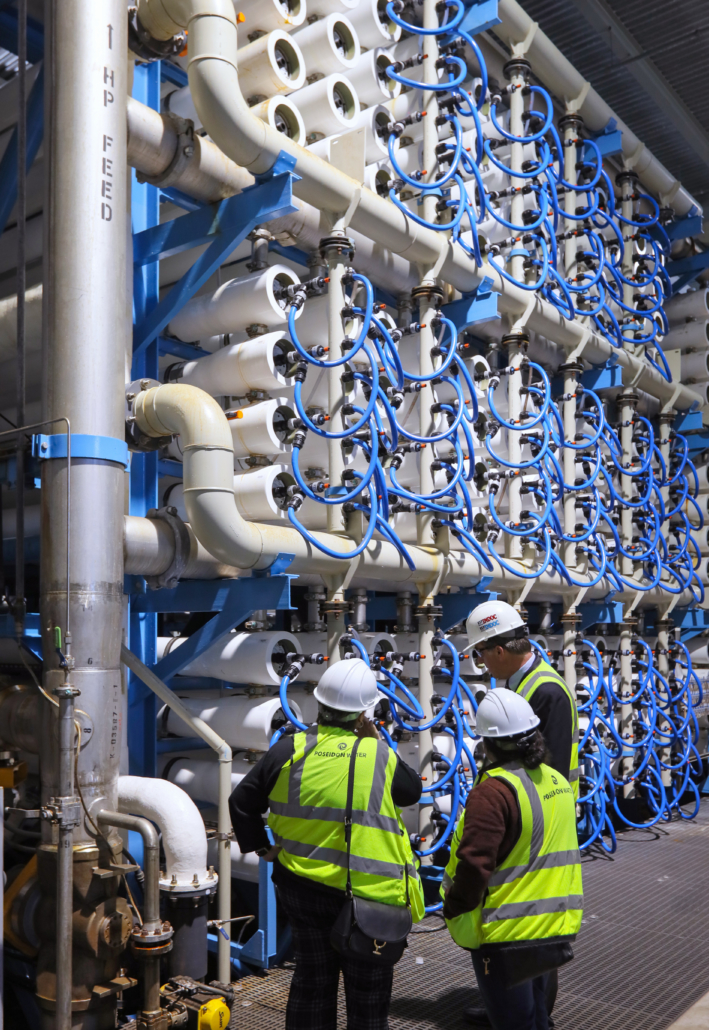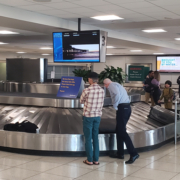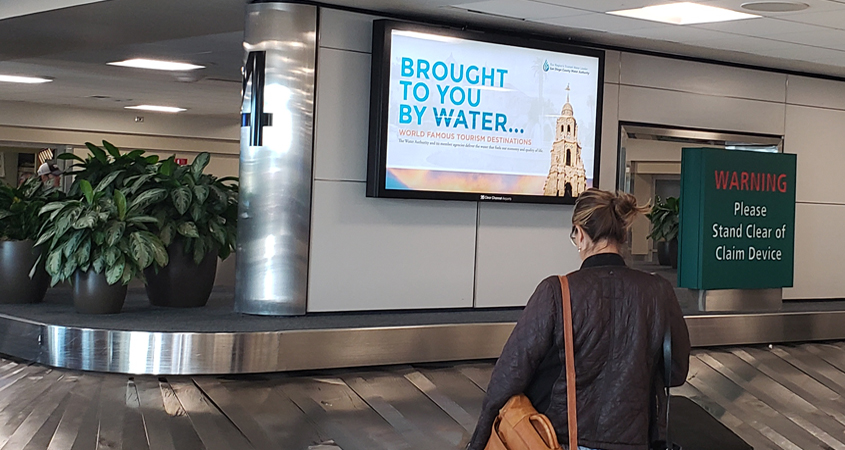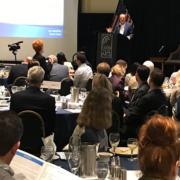Survey: San Diego Region Strongly Supports Enhancing Water Reliability
San Diego County residents strongly support efforts to continue improving water supply reliability and they largely trust local water agencies to do that work, according to a regional public opinion survey released today by the San Diego County Water Authority.
An overwhelming majority (94%) of respondents favor expanding the use of recycled water for agriculture and irrigation, and 79% support purifying wastewater to drinking water standards with advanced treatment technologies.
In addition, 71% of respondents back efforts by the Water Authority to store water in Lake Mead on the Colorado River for use during droughts and emergencies, and to help avoid water shortages on the river.
Public willing to make additional investments in reliable water
Nearly two-thirds (64%) of respondents understand that providing safe and reliable water supplies is more costly in San Diego than many other parts of the country, and many indicate a willingness to make additional investments. More than 6 in 10 (64%) residents say they would pay $5 more a month to increase reliability and enhance local control over water supplies, with 50% showing willingness to pay $7.50 more per month, and nearly half (45%) saying they would pay $10 more each month.
“Our region’s residents appreciate the importance of maintaining safe, reliable water supplies and the role of public water agencies to support our $231 billion economy,” said Water Authority Board Chair Jim Madaffer. “They also recognize that continuing to develop locally controlled water supplies – while making efficient use of existing sources – is critical for our future.”
San Diego Region committed to water efficiency
The survey also makes it clear that San Diego County residents remain committed to using water efficiently even though the region’s water supplies are sufficient to meet demands. Ninety-two percent of respondents agree that water-use efficiency is a civic duty, and 70% say they have taken actions to reduce their home water use in the past 12 months.
The Water Authority has performed periodic public opinion research over the past two decades to gauge residents’ knowledge and attitudes about water issues. The latest survey of 1,063 adults in San Diego County was conducted by Encinitas-based True North Research from Aug. 16 to 27, and results were provided to the agency’s Board of Directors during today’s regular monthly meeting.
Affordable housing, homelessness, most pressing regional issues
Survey results show that affordable housing is the most prominent top-of-mind issue (31%) in the region, followed by homelessness (21%) and cost of living (12%). Only 3% of respondents mentioned water-related topics such as drought, cost or quality as the most important top-of-mind issue facing San Diego County. Four years ago, when statewide drought conditions were peaking, water issues ranked first (33%).
The latest survey also indicates that almost everyone agrees that a safe, reliable water supply is important for a healthy regional economy (94%) and San Diego’s desirable quality of life (93%). That’s a key tenet of the Water Authority’s ongoing Brought to You by Water outreach and education program, and an increase from prior years.
Public trust in water agencies to deliver reliable supply
When it comes to supply reliability in San Diego County, more than half (52%) of respondents expect it to improve or stay about the same over the next year. Residents were divided in their optimism over the region’s long-term reliability. While 42% expected supplies to improve or remain the same over the next 20 years, 48% thought supply conditions would worsen. However, nearly two-thirds (65%) of respondents trust local water agencies to ensure a reliable water supply over the long-term.
The 2019 survey also explored issues of cost. The survey showed that few residents know how much they pay for a gallon of tap water. After being told that the retail cost of municipal tap water in the San Diego region is about one cent per gallon, nearly 6 in 10 (58%) respondents said tap water is an excellent (29%) or good (29%) value, with 24% percent saying it is a fair value.
On the topic of water rates, nearly 6 in 10 (59%) survey respondents agree that additional increases may be necessary to increase the reliability of our region’s water supply.
Complete Survey: SDCWA Water Issues Survey 2019 Report v3R

